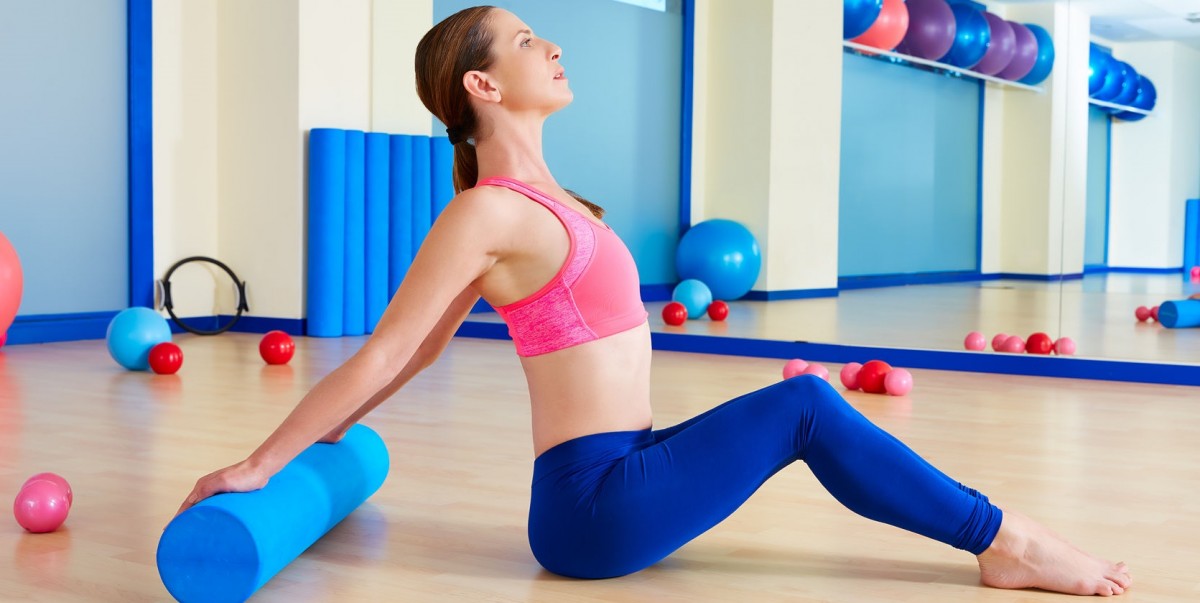Massage Rollers Have Many Benefits
Athletes have used massage rollers for years to stay limber and reduce recovery times. But rolling is now a full-fledged rehab phenomenon for treating everyday aches and more serious chronic pain alike.
Rehab Rollers – The Basics:
Rehab rollers are also used to train core strength, flexibility, and balance, but their primary function is to produce self-myofacial release. This means attaining the benefits of a deep tissue massage all on your own, more conveniently, and at a fraction of the cost!
The best part is that just one roller is generally versatile enough to address kinks, knots, and muscle strains in diverse parts of the body. For example, a standard six-inch diameter foam rolling tube can be used to relieve stiffness in your calves, neck, and virtually any point between. Be aware that it is important to start off slowly and to always position yourself so you can control how much of your body-weight is positioned on the roller. It is very common for beginners to enjoy the feeling and apply too much pressure to the targeted area. This can result in a sore and bruised feeling the next day; it is important to be gentle in the initial stages and apply increased pressure once you have had a chance to see how your body reacts. Also remember that it is always important to talk to your doctor before starting an exercise or foam rolling program.
The Options:
Foam Rollers: The classic roller! These are available in various densities and with different molded surfaces, but all foam rollers are gentle on the body and comfortable to sit on and roll across in any direction. Foam rollers can be used multiple times per day and, with the right training, can dramatically increase blood flow to tense muscles and relieve pent up tension.
Solid Rollers: Made of PVC and other strong plastics, solid rollers are more durable than any foam. Their hardness makes solid rollers better suited to target very deeply set in knots. But don’t worry, solid rollers are usually covered in a thin layer of foam or a machine-washable padded casing, making them surprisingly comfortable to use.
Stick Rollers: Unlike most rollers that depend on body weight for pressure, your arms do the work with a stick roller. The advantages are that sticks are much smaller overall and better at precision-targeting problem areas, especially in the lower body. You can also roll this way while standing or sitting, making stick rollers ideal for wherever you are unable to lie down, like the office or in a vehicle.
Ball Rollers: These mighty mini rollers can be used on other areas, but their primary targets are your feet. Considering the daily abuse those muscles take, it’s hardly surprising that ball rollers are among the most popular types. They are often pocket-sized and come in many densities, but all ball rollers are great for use both during and after a long day.
Shaun Karp is a certified personal trainer in North Vancouver. For further information call his office at 604-420-7800 or visit karpfitness.com.

